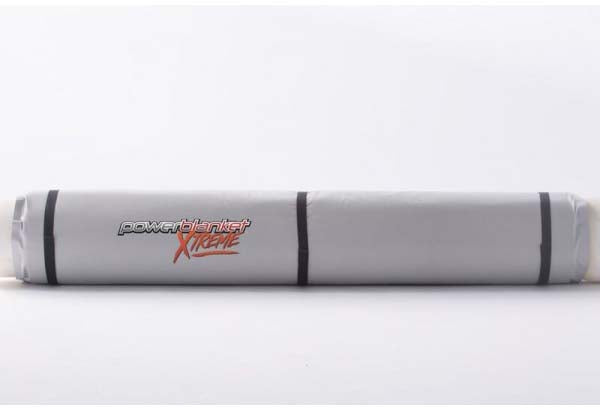You have no items in your shopping cart.
HOW TO PREVENT YOUR WATER PIPES FROM FREEZING
Every year, millions of homeowners experience the consequences of living in a cold climate. Frozen pipes, iced-over sidewalks, ice dams, snow-covered stairs, and the list goes on and on. For construction workers, the effects of cold and snow create an even bigger headache like work stoppage, decreased employee productivity, loss of revenue, and questions line “How do I thaw frozen ground?” Many companies just “close up shop” during winter months because the cost of keeping their doors open is just too steep. Until recently, “waiting it out” was the only viable option when it came to cold weather issues like frozen underground pipes, curing concrete in freezing temperatures, or excavating frozen ground.
 When pipes freeze, you lose water flow and run the risk of the pipe breaking. When pipes break, serious damage will result! So the question is "how to prevent underground water pipes from freezing?"
When pipes freeze, you lose water flow and run the risk of the pipe breaking. When pipes break, serious damage will result! So the question is "how to prevent underground water pipes from freezing?"
New technology will thaw frozen ground in record time.
To help reduce the risk of frozen pipes above and below ground, we offer the following tips:
ABOVE GROUND THAWING & FREEZE PROTECTION FOR PIPES:
- 1) Add insulation to any exposed (above-ground) piping or water lines on the outside walls of your home or business. Keeping an eye on the weather and doing this before the cold temperatures set in is key.
- 2) Keep cabinet doors open to allow warm air to circulate, especially sinks/faucets along exterior walls.
- 3) Seal any area that allows cold air to enter the walls of your home or office. (i.e., hose bibs, cable TV wiring, pipes directly from your water supply, and exhaust vents).
- 4) Keep faucets running. A slow stream or drip is all that is required. If the dripping stops, the pipes could freeze solid.
- 5) For trouble spots that freeze yearly, especially if you have shallow water lines, we recommend a RapidThaw or Powerblanket electric thawing pad to keep the pipes clear.
HOW TO PREVENT PIPES FROM FREEZING UNDERGROUND: HOW TO PROTECT BURIED WATER LINES

6 STEPS TO PREVENT PIPES FROM FREEZING THAT ARE BURIED
Once underground water pipes freeze, it's much more difficult to get the water running again. So remember… an ounce of prevention is worth a pound of cure. It is possible to fight the frost line and prevent the headache of dealing with a frozen pipe. The best way to prevent a pipe from freezing is to keep it warm enough so the water within remains above the freezing point. Outdoor and underground water pipes & drains can be a lot more difficult to keep from freezing, especially when temperatures drop below zero. Usually, we get calls after the pipes have frozen solid, but these same steps can be taken to prevent freezing in the first place, especially with new construction.
- 1) The deeper the pipes are, the better. But how deep do pipes have to be to not freeze? Many municipalities in cold climates are now required to go at least 8 feet deep on main underground water lines for new construction.
- 2) Some new piping material is more weather/cold resistant than others. Make sure to use proper piping and sleeves for new construction, especially for lines running into and out of your home or business.
- 3) Use insulation or other insulating materials wherever possible to protect the pipes.
- 4) Turn off the main water line and drain pipes when the house is empty.
- 5) Use RapidThaw or Powerblanket outdoor heated construction blankets for both thawing and freeze prevention purposes. These work extremely well to thaw frozen ground and underground pipelines and allow you to focus heat below the surface.
- 6) Call the experts @ Heat Authority – ground or pipe thawing solutions for your specific problem to thaw frozen ground and pipes fast!












